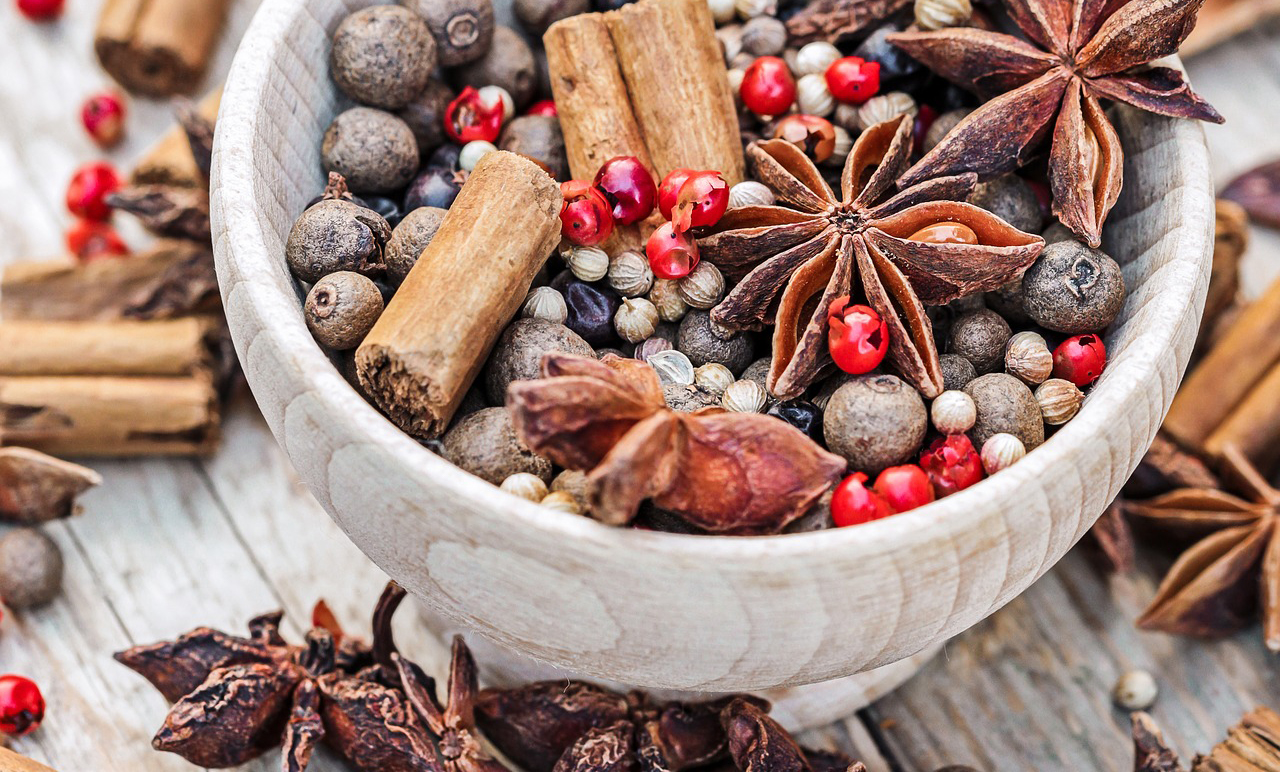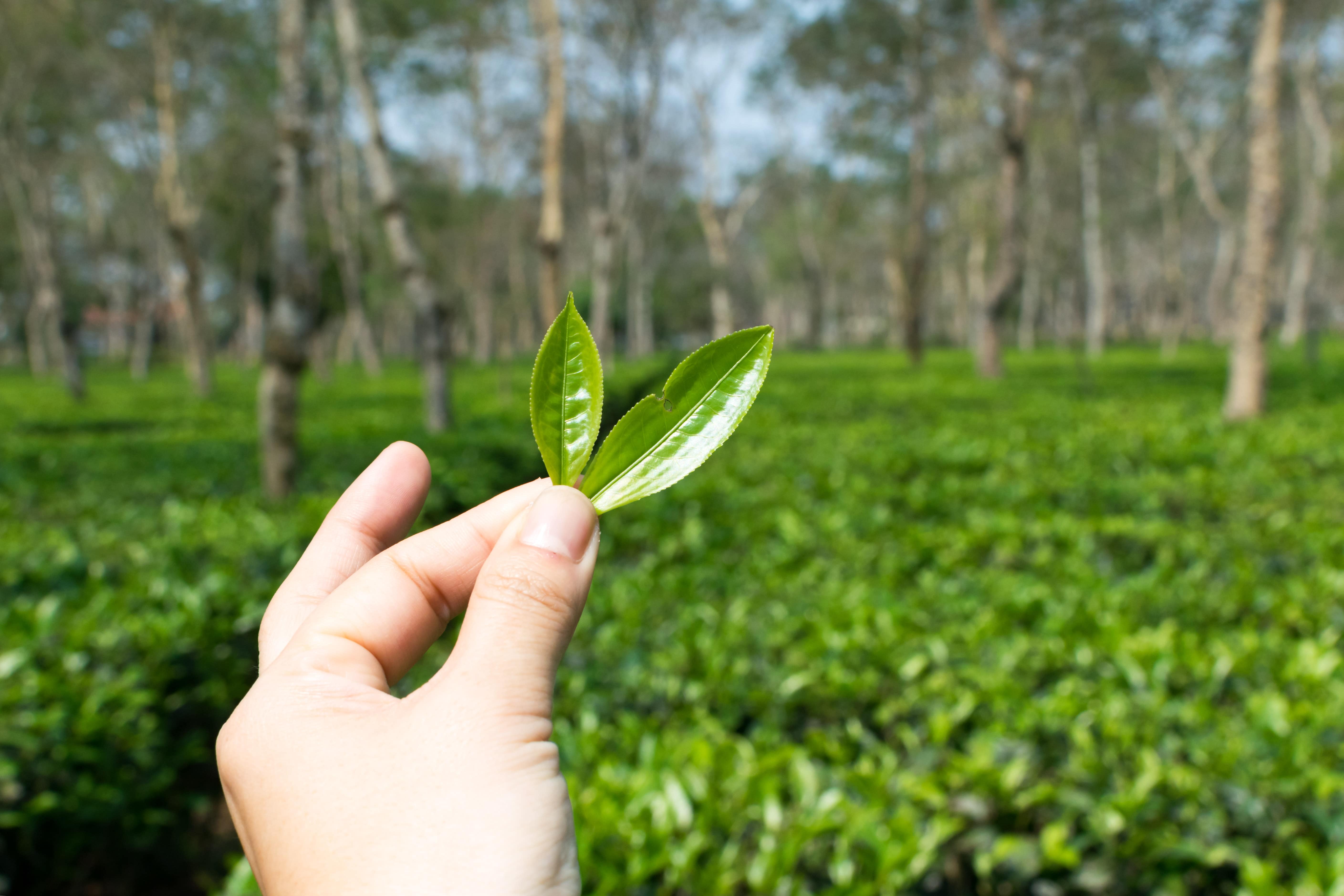Scientific Paper:
In the present system of botanical classification, the taxonomists describe the tea plant as Camellia sinensis (L.) with the implication that all the tea varieties belong to one species. However, the botanical name of the tea plant has a chequered history and only recently uniformity in nomenclature has been achieved. Although tea is a most wide-spread camellia and the known history of tea drinking dates back to more than 2000 years, no attempt seemed to have been made to describe the plant itself. The earliest description of the China tea plant was made by a German surgeon of East India Company in Japan, named Engelbert Kaempfer (Kaempfer, 1712), but it was with an illustration only as there was no type specimen collected by him.
In 1753, Linnaeus published his “Species Plantarum” where he typified two genera ‘Thea’ and ‘Camellia’ with the illustration given by Kaempfer (1712). At that time, there were only one species of the genus ‘Thea sinensis’, the tea plant of China. On the other hand, two species viz., japonica and sasanqua were known under the genus Camellia. But in the second edition of “Species Plantarum’ published in 1762, Linnaeus abandoned the name Thea sinensis and described two species, one with six petals and one with nine, as Thea bohea and Thea viridis respectively. The confusion started from that time and increased as each botanist took up the subject. Almost a score of specific names have been given and even more to varieties, races and types.
For many years dual nomenclature was reflected in the name. The botanists of India and Sri-Lanka, by agreement, used the name Camellia thea (Wight and Barua, 1939; Bond, 1942) while Cohen-Stuart in Indonesia used the name Camellia theifera. It has been agreed later that the separation of ‘Thea’ and ‘Camellia’ as distinct genera are spurious and hence according to the International rules of Nomenclature (Article, 46), the genus Thea has been merged in genus Camellia and the original name of tea plant Thea sinensis (L.) is changed to Camellia sinensis (L.). After reaching the uniformity, Sealy (1958) gave the complete designation as Camellia sinensis (L.) O. Kuntze. The L. indicates that Linnaeus first published the epithet sinensis and O. Kuntze indicates that this botanist was the first to combine, in a publication of 1881, the two names (Harler, 1964). The generic name is derived from Kamel or Camillus (1661-1706), a Moravian Jesuit two wrote on plants in Asia.
There have also been some variations in the name of the family to which the genus Camellia is assigned. Theaceae and Ternstoemiaceae are two synonymously used terms but the former has a growing preference.
Sealy (1988) in his most comprehensive work ‘A Revision of Genus Camellia’ dealt with not less than 82 species in the place of the score or so previously recognized. The assembly was so diverse that eight separate sections are included in the genus of which section VI, designated Thea, comprises five species, Camellia sinensis and its close relatives, C. taliensis and also C. irrawadiensis. The two other species of the five one, however, are unrelated to the tea plant of commerce, but one is included in this section for convenience only.
In recent work, however, a modified classification has been suggested (Change and Bertnolomew, 1984). The genus Camellia is the largest one in the family Theaceae with over 200 species. In this work, it has been shown that the revision done by Sealy (1958) does not include 20 species in any section of the 12 sections because enough information was not available to make their positions clear. In this taxonomic classification (Cang and Bartnolomew, 1984), the genus Camellia has been subdivided into four sub-genus viz., Protocamellia, Camellia, Thea and Metacamellia. The species under each sub-genus are grouped under some sections totaling 20 different sections. Tea plant (Camellia sinensis (L.) O. Kuntze has been put under the sub-genus Thea and under section 16 with 18 different species.
The systematic position of Camellia sinensis (L.) O. Kuntze is as under :
Family: Theaceae
Genus: Camellia
Sub-genus: Thea (L.) chang
Section: 16 (Thea (L.) Dyer)
Type : Camellia sinensis (L.) O. Kuntze
(18 species)
CLASSIFICATION OF TEA PLANT
Botanists originally recognized only two varieties of Camellia sinensis (L.) the tea plant defined largely by leaf form, viz., var. Sinensis, the China tea and var. Assamica the Assam tea in the cultivated tea population. The later form i.e. Assam tea was first described as Thea assamica by Masters (1844), the then superintendent of Assam Company. Kitamura (1950) thus described the China tea as Camellia sinensis var. sinensis (L.) and Assam tea as Camellia sinensis var. assamica (Masters) and these two names were recognized to describe these two varieties of tea plant (Sealy, 1958). However, Wight (1962) demonstrated the inadequacy of this classification and stressed that the two varieties should be raised to specific status. He also advocated the recognization of a third variety generally referred to as ‘Southern form’ (Robert et al., 1958) or ‘cambod’ (Cambodiensis by Kingdon-ward, 1950) or Tran-ninh.
On the ground of chemical and anatomical differences, supported by distinctive floral and other morphological features, Wight (1962) proposed a new ranking for the three kinds of tea. Retaining the name Camellia sinensis (L.) for the China variety, the named Camellia sinensis var. assamica (Masters), the Assam tea as Camellia assamica (Masters), thus raising these two varieties of tea from varietal to specific ranks. The Southern form of tea which drew attention to the taxonomists has not been cultivated in Northern India but seeds were obtained from Tran-ninh in Indochina (Wight and Gilchrist, 1961) and raised in the Tocklai Experimental Station, Jorhat (Assam) for investigation. After the investigation on salient chemical and anatomical features of this form (Robert et al., 1958; Barua et al., 1960; Wight, 1962), this has been equated to Planchon’s Thea lasiocalyx (Watt, 1907) and named as Camellia assamica spp. lasiocalyx (Planch, M.S.) thus treating it as a sub-species of Camellia assamica (Masters), because of its closeness to this species. Other workers (King donward, 1950; Harler, 1955; Sarma and Venkataramani, 1974) also strongly favor the recognization of this third variety of tea.
The present classification of the tea plants thus recognizes the following three varieties (Bezbarua, 1976).
1. China tea (Camellia sinensis (L.) O. Kuntze)
2. Assam tea (C. Assamica (Masters) Wight)
3. Combod or Southern form (C. assamica spp. lasiocalyx (Planchion ex Watt) Wight).
THE PRESENT POPULATION OF TEA UNDER CULTIVATION
There is an immense heterogeneity in the existing commercial tea populations and the tea plants today are genetically so highly heterogeneous, even in wild populations no pure basic kinds of tea exists (Wight and Barua, 1957). The heterogeneity in commercial populations could be attributed to the out-breeding nature of tea plants, natural hybridization over a prolonged period between the three basic tea-producing texa viz., Camellia sinensis (L.) O. Kuntze, Camellia assamica (Masters) Wight and C. assamica spp. lasiocalyx (Planch ex Watt) Wight and their allies, contributed to the evolution of the present-day commercial populations (Wight, 1959, Sharma and Venkataramani, 1974).
Many of the tea populations under cultivation are, thus, largely hybrids between Assam and China tea and some are also influenced by the ‘Cambod’ tea. During the early phases of tea cultivation in N.E India and till recently, extending over a period of more than 100 years, tea was propagated by using seeds. Due to indiscriminate introduction and hybridization between them, tea areas not only in N.E India but all over the world as established at present, therefore, heterogenous in the extreme, except the relatively small percentage of areas in some countries which have switched over completely to clonal planting during the recent years. It may be mentioned that more than 60% of the world tea average has received its basic planting material directly or indirectly from tea germplasms of India (Ukers, 1935) and so whatever populations are in existence under commercial cultivation in different parts of the world are of same heterogeneous nature.
The basic kinds of tea are genetically different and when two are crossed, do not merge completely one into the other. Owing to this genetic barrier, certain features in the hybrid progeny give the population a bias to one or the other type. Although many populations are hybrids between C. sinensis and C. assamica, but truly inter-mediate plants are rare (Wight, 1962). There is generally a preponderance of features which bias a population towards one type or the other. Some of the population has also been influenced by C. assamica spp. lasiocalys, but not to an extent for its features to become well-marked. Thus, the existing population of tea under cultivation exhibits considerable variability in their morphological characters as well as in the inherent quality and yield of the bushes (Wellenseik, 1934a, 1934b, 1934c, Wight, 1939). These hybrid populations in N.E. India are known as ‘China hybrid’ or ‘Assam hybrid’ depending upon the predominance of the morphological characters of any one of these two varieties.
Species hybrids
Apart from the three main varieties of tea and their hybrids found in cultivation, it has been conclusively shown that species hybrids involving some non-tea species, also exist in cultivated tea populations (Wight and Barua, 1957 and Barua, 1956). Camellia irrawadiensis (P.K. Barua) is an example of it. The species which contains no caffeine was originally found in 1917 by L.O. Wilson in upper Burma in the region of 26.5°N and 98.5°E at an altitude of about 7600 ft. The species (also known as Wilson Cammelia) was studied at Tocklai and described as Camellia irrawadiensis (P.K. Barua). It is just like china plant, multi-stemed and about 6 m tall. The leaves are very glossy, completely glabrous, 8.5-15.7 cm long, 3.2-5.9 cm wide, soft, supple and brick red in color on both surfaces. Some botanists considered that the unique flavor of Darjeeling may be due to a cross between assamica and irrawadiensis.
Assam Planters’ Classification and ‘Jats’ of tea
The planters basing on practical experience and taking into account the hardiness, cropping capacity and quality of tea produced recognized three varieties, viz, China, Assam and Indo-China and hybrids among the three. This classification is known as planters’ classification. In this classification, five types or ‘Jats’ are again recognized within the Assam variety. These are the light-leafed Assam, Dark leafed Assam, the Manipuri, the Burma and the Lushai Jats. These terms are still in vogue and used by tea community as the old plantations still carry bushes belonging to these Jats.
The planters did not speak of varieties, forms, types, races, agrotypes, ecotypes or cultivars, but used the vague term ‘JAT’ for any group. Although in tea industry and even in some literature on tea, the term ‘Jat’ is used freely even today as equivalent to ‘cultivar’, the term has no botanical significance as the ‘Jat’ names were given usually after the locality where the seed bari (garden) is situated (e.g. Betjan, Tingamira, Dangri, Rajghur) or the source from which the seeds were originally obtained (Burma, Manipuri, Lushai etc.). Hence, Jat names can signify population, either with quite distinct or closely similar characteristics.

This work is licensed under a Creative Commons Attribution 4.0 International License.















Leave a Comment